The Sekonic L-358 Flash Master is a light meter, or flash meter, to be more precise. This unit has been one of the most popular since the democratization of digital and strobe photography.
In this review, we’ll try to explain why this model is so famous and if you should consider it as a photographer or film maker in 2023.
What is a light meter?
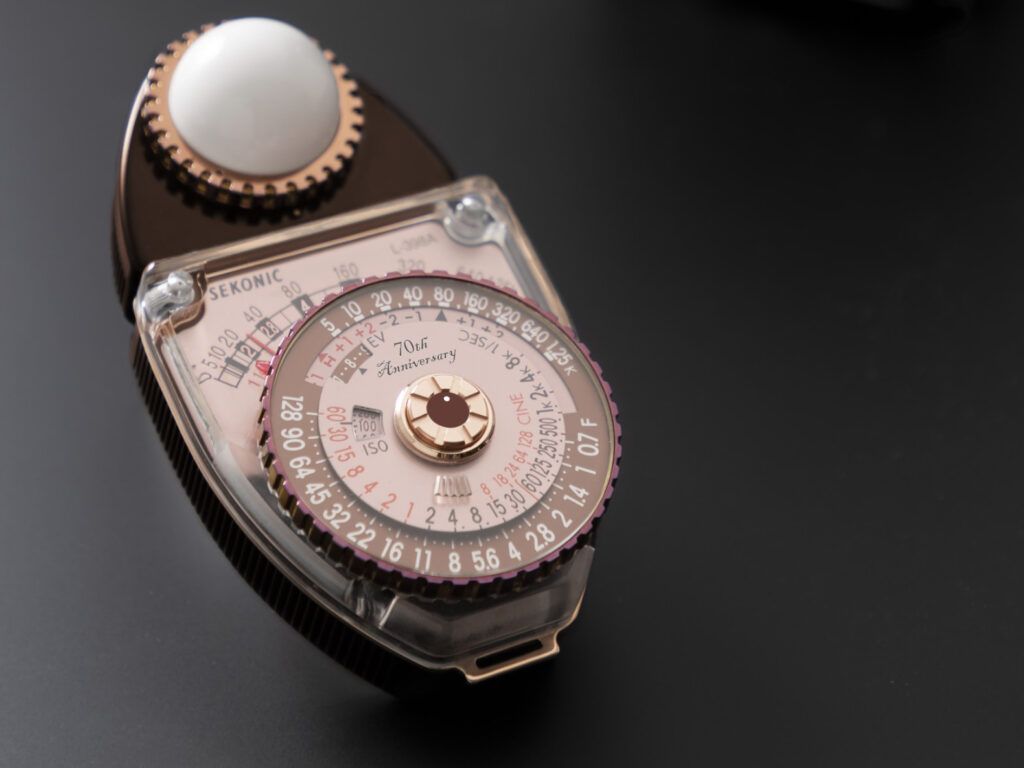
A light meter is a device aimed at measuring the level of light using some form of sensor. There are two main techniques to measure light. One is using the incident metering method, and the other is using the reflective metering method.
Incident metering
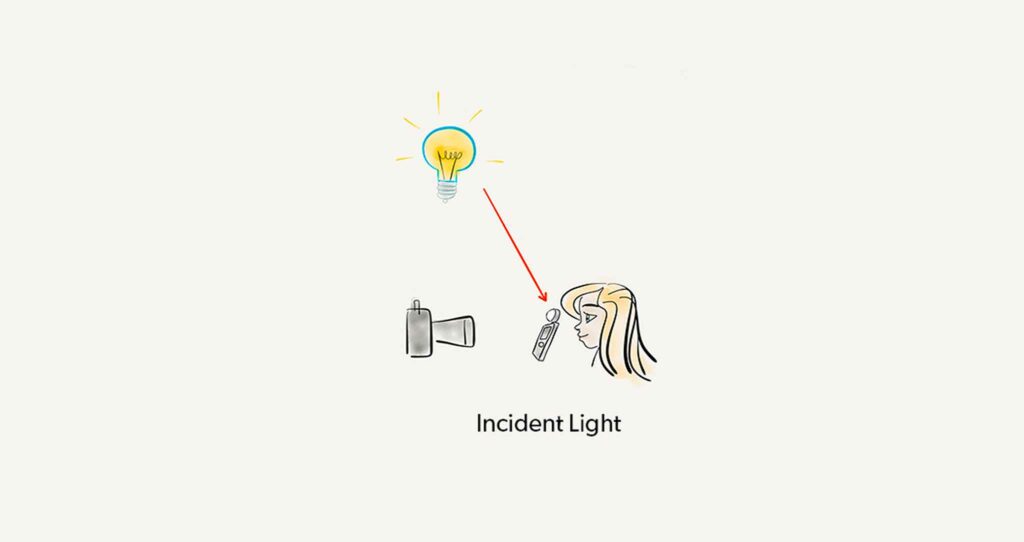
Incident metering consists of measuring the light falling into a sensor, usually using a small half-sphere, also called a lumisphere, that will measure the amount of light falling into this specific sphere.
To have a precise measurement, the sphere must be placed at the exact point where you want to measure the light, for example, by putting the light meter in front of the cheek of the model.
The advantage of this method is that you can measure a specific amount of light in time and space. For example, lightning or a strobe can only last for a few milliseconds.
It’s also better at measuring the general light ambiance of a location since the sphere is much bigger than a small spot. This method is also more precise when it comes to light measurements. We’ll see why later in this article.
The inconvenience is obviously that you have to be in this specific location to get the right measurement.
Reflective metering
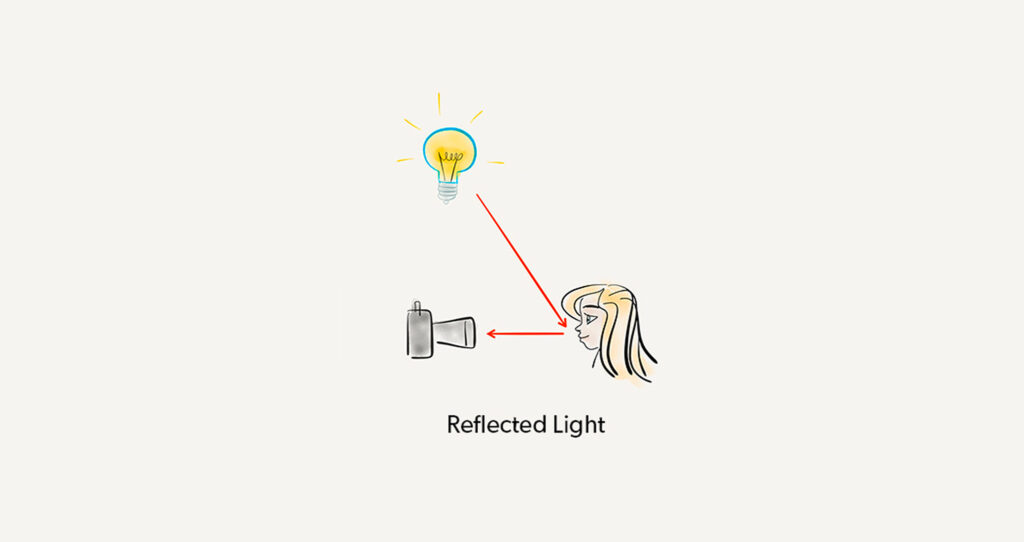
Reflective metering, also called TTL metering (through the lens), is basically a method consisting of measuring the light that bounces back into a sensor, generally through a lens.
This technical advantage is that you can measure the light coming from a very far distance using your lens. You can even locate a specific point somewhere in front of you to measure the light level.
This can be handy for measuring multiple spots in a single location, including places that are hard to physically reach.
The cons are that you can’t really measure something instantaneous like a strobe; continuous light will work better. Also, old spot meters only measure a very specific point as opposed to a general ambiance.
This method is used by most modern cameras to calculate exposition.
How do light meters calculate exposure?
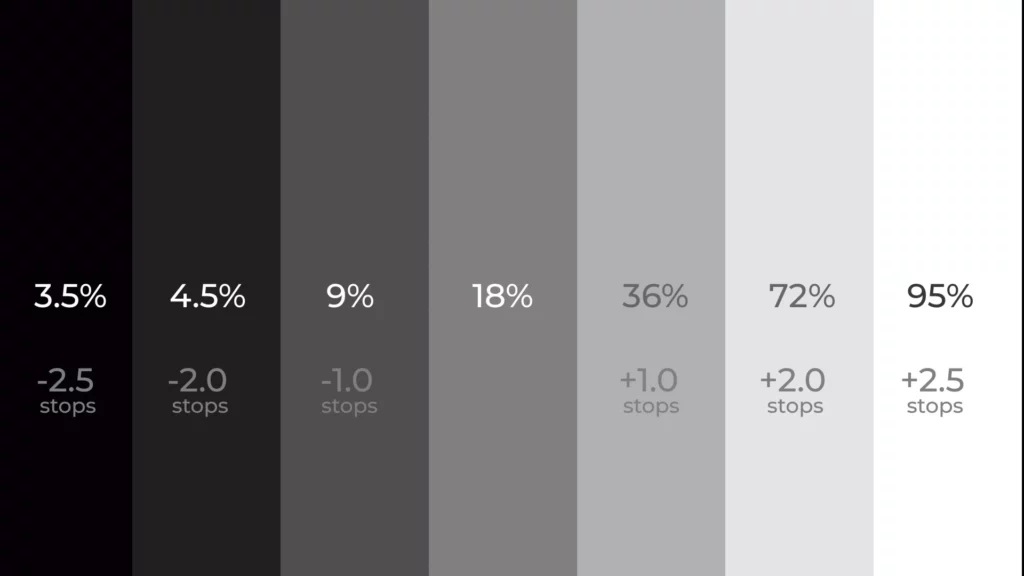
To explain how a light meter works and what the advantages of each solution are, we have to understand how exposure is calculated.
Basically, in modern camera reflective metering, a computer chip and a program will analyze the different exposures in the composition and average out everything so it becomes 18% gray.
This means that if most of your scene is white, the meter will most likely underexpose your image, whereas if most of it is black, it will most probably have to overexpose it to reach 18% gray.
The incident light meter doesn’t care about what the background is; it just calculates the amount of light hitting the lumisphere.
The zone system
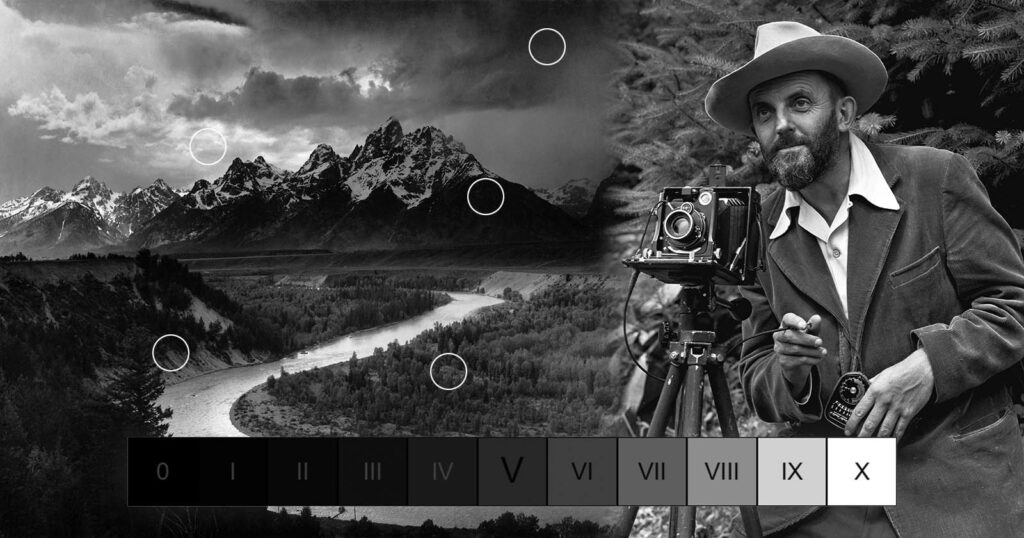
Where the spot meter comes in handy is when you understand what the zone system created by Hansel Adams is, or the advanced metering system.
This is basically what most cinematographers use: a technique to evaluate each specific zone of a frame to basically shape the shadows and the light to create a beautiful image while understanding the capabilities of the camera sensor.
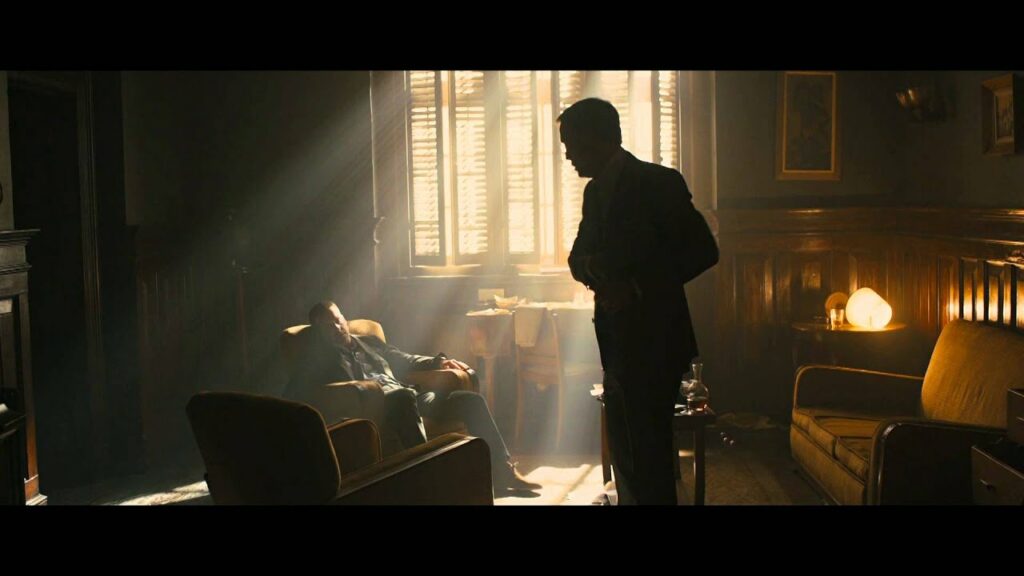
DPs usually know with precision how much dynamic range the sensor has and how much noise, false color, or clipping they will get at a certain exposure.
This system is perfect for really advanced users who have the time to be very intentional with the lighting of a scene.
The Sekonic L-358 Flash Master
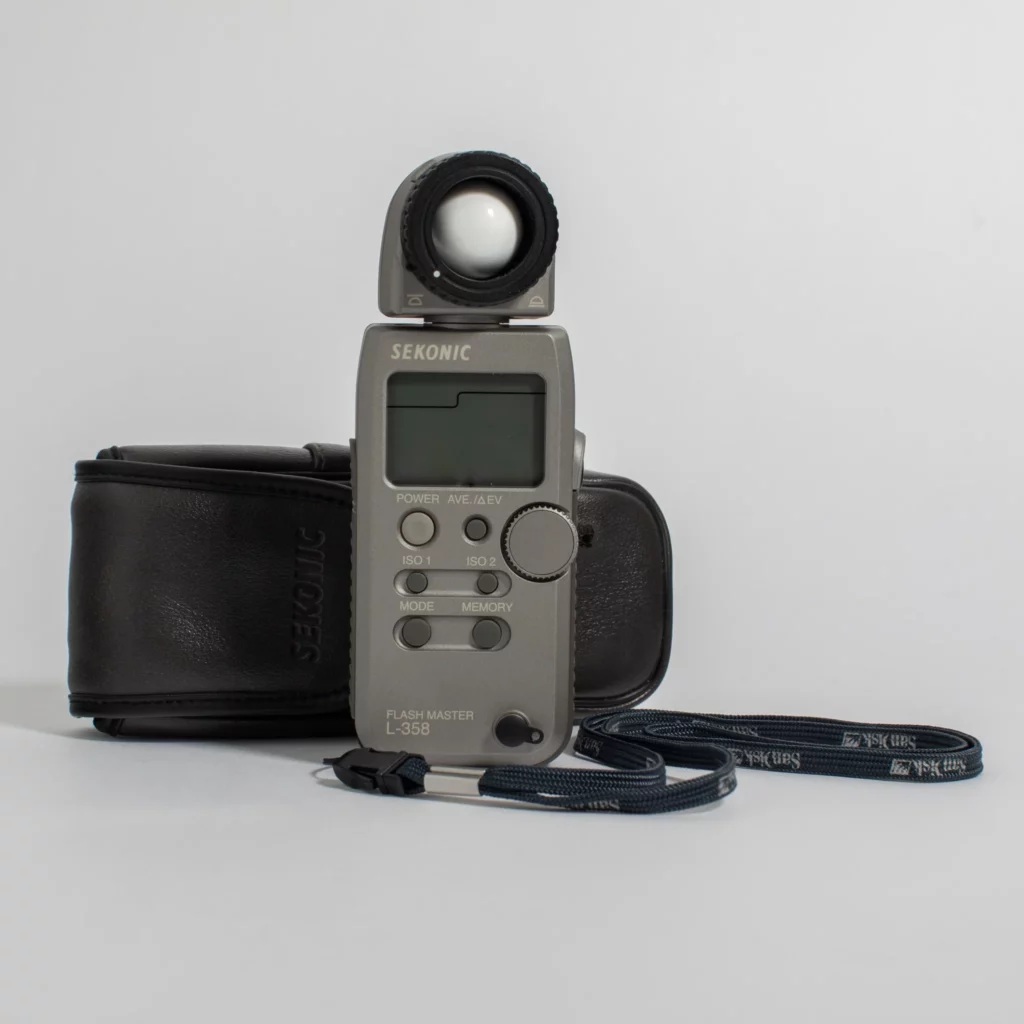
The Sekonic L-358 Flash Master is an incident meter capable of measuring the light on an object or a direction.
This tool is mostly used by strobists to measure the light output of flash and strobes on the scene and, more likely, the models.
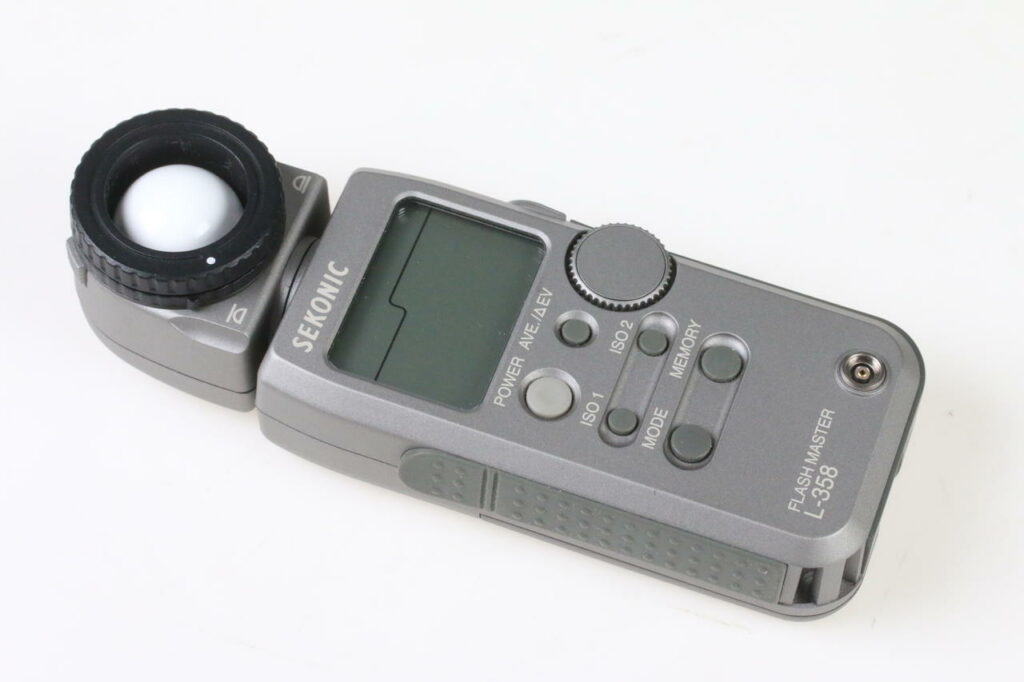
Obviously, this tool can also be used for natural and continuous light, but most cameras today are equipped with a light metering system.
Some film cameras that aren’t equipped with a light meter require an external light meter. This is especially true for old medium-format cameras.
The features
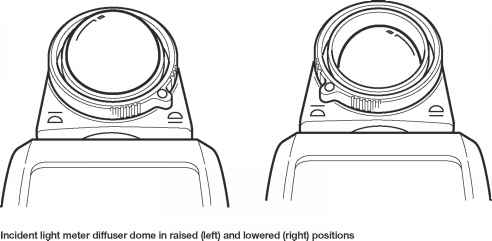
The Sekonic L-358 Flash Master is a device that can read continuous light, such as the sun or a strobe.
The device has a lumisphere that can be extended to measure a 3-dimensional object, such as a face, or as a single-direction source by retracting it.
The dome can be rotated 270° so it can face the front, the left side, the right side, and behind.
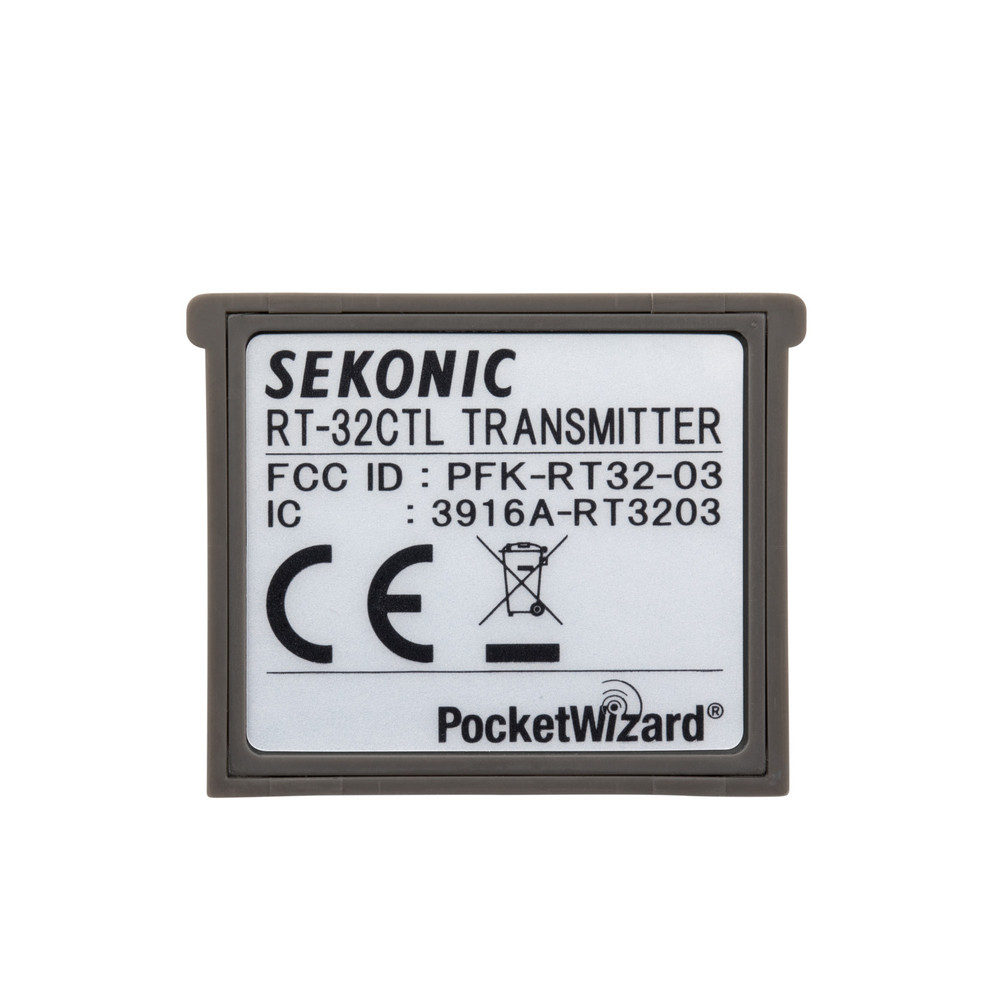
You can set two ISOs that you can go back and forth to for quicker reading. This is actually handy, knowing that today’s cameras basically have two native ISOs.
The device obviously has a screen that is backlit to get those readings in a dim environment as well.
As a power source, it uses a single CR123A battery, and there is also an RT-32N module to trigger the flash wirelessly.
How does it work?
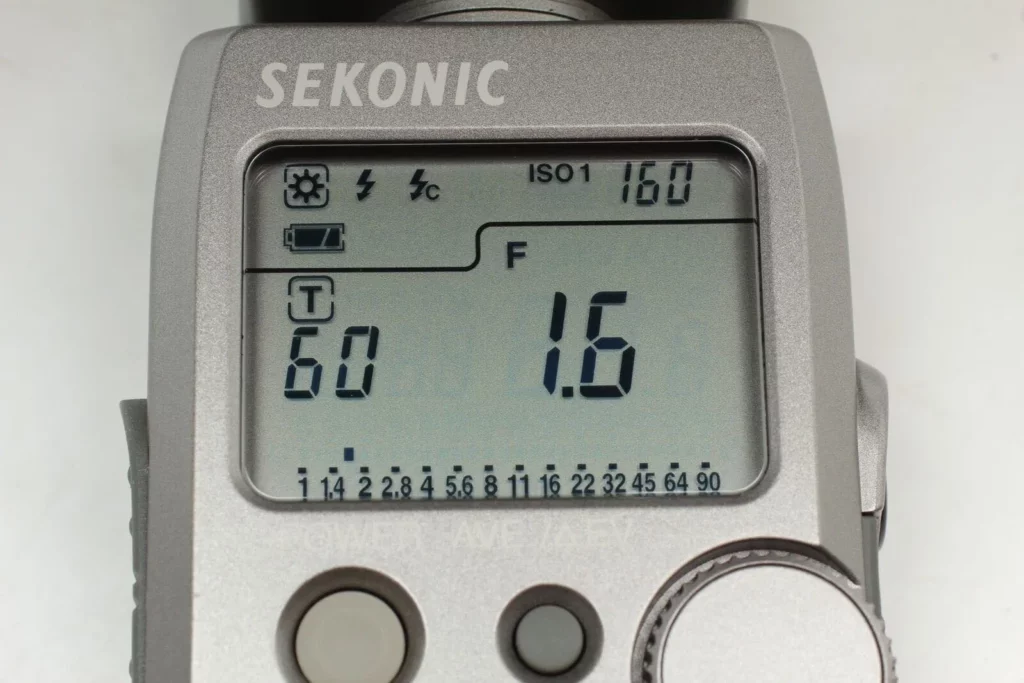
Almost like camera metering, the way the device shows the measurement is by giving you a shutter speed and an aperture according to an ISO.
You can even set two of these, for example, shutter speed and ISO, and it will give you the correct aperture. This is the mode most cinematographers will use, since ISO and shutter angle are already defined.
To get a reading of the light, you need to press the button on the right. You can even hold it to get a continuous reading.
There are three modes for wardrobes. One is waiting without commanding the flash. The system is quite simple in this mode; it will wait for the light to change value and measure it as soon as it changes.
The other mode will order the strobe to flash at a specific time, either by wire or wirelessly using the RT-32N module.
The reading you see on the device is the setting you should put on your camera. It’s as simple and straightforward as that.
My opinion on this device
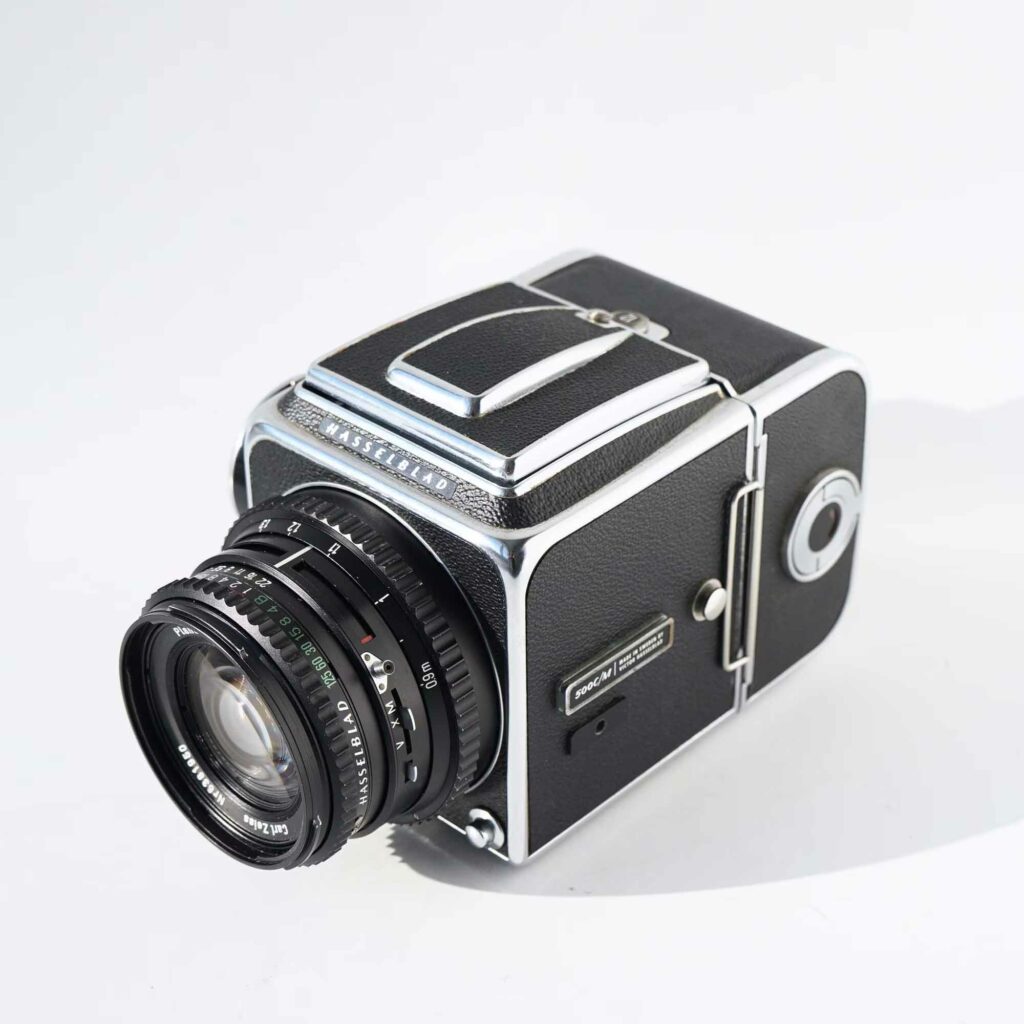
I bought this device to experiment with flash and strobe photography. I may have also used it with some film cameras, such as the Hasselblad 500 c/m, that don’t have a light meter built in.
I think this device is very handy for people interested in portrait, film, and strobe photography. The device is quite simple and very easy to use.
I think I am going to use it more often with the continuous lights I just bought. This is when they will come in handy.
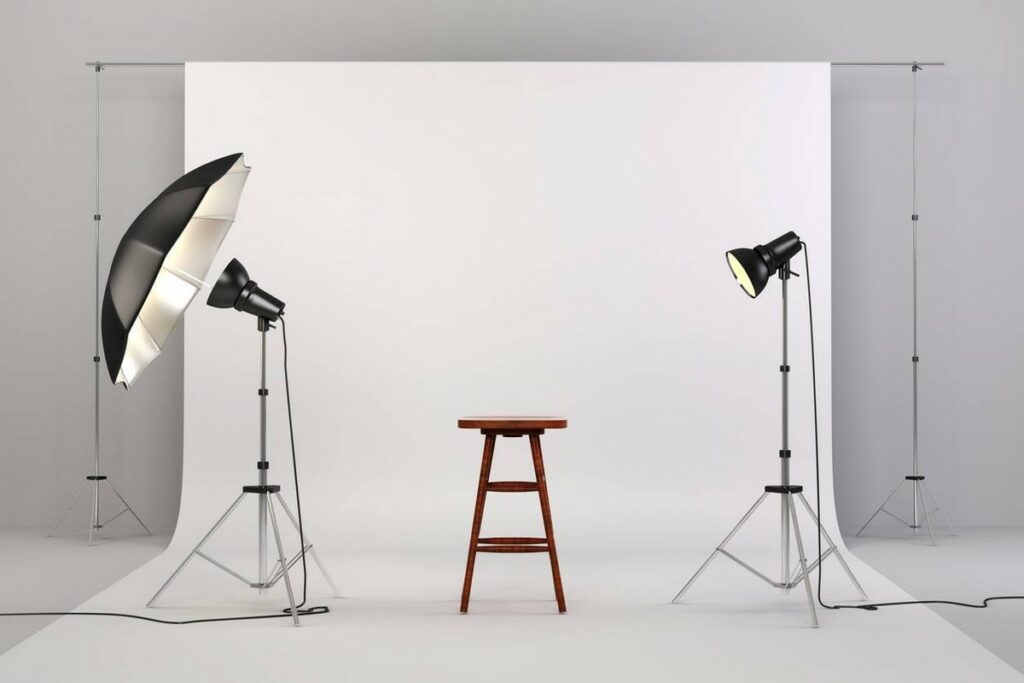
For landscapes, I still feel like using a spot meter, whether it’s from your camera or a dedicated device, will yield better results.
For digital photography outside of strobes, I think you rarely need more than your camera’s light meter, especially with mirrorless.
The other models
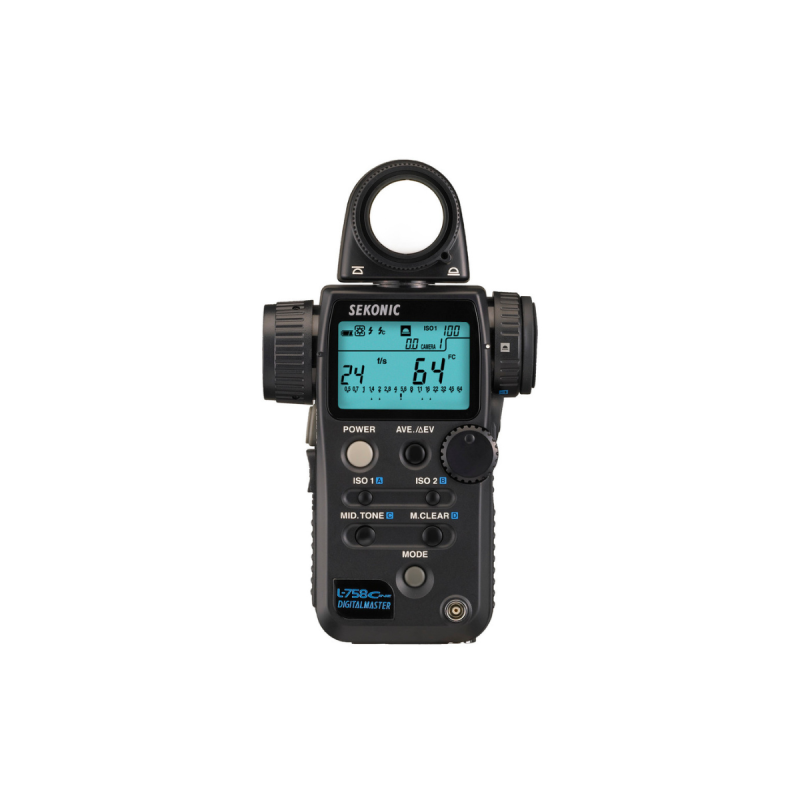
If I had to choose it again, I would definitely go for the Sekonic L-758, which has an included spot meter.
Even the Sekonic L-308 can do the same job as the Sekonic L-358, but in a smaller form factor.
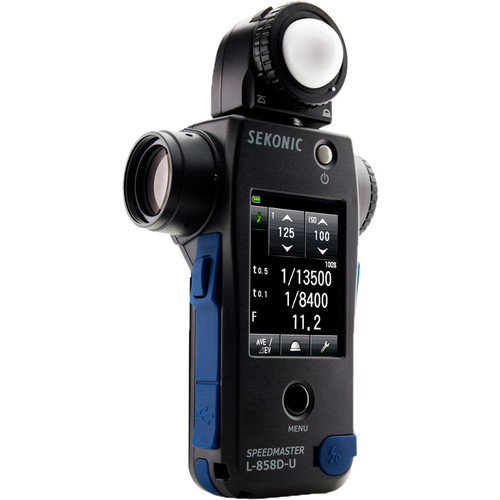
Since then, Sekonic has released newer models, such as the L-858D, which has a full-color touch screen. Much more features, like the ability to switch between shutter angle and shutter speed, etc.
Those more advanced light meters are also more sensitive and use regular AA batteries, which are easier to find.
The con of these new devices is that they have a larger price of around 615 euros and take more time to boot up than the old versions; the screens draw more power; and the battery doesn’t last as long as before.
Verdict
8.0 out of 10.
The Sekonic L-358 Flash Master is one of the most popular light meters for professional photographers using strobes.
Even if it’s an old version, you can still find them in the used market for 80–90% of their original price.
Newer, more advanced models have been released since, but people still love the simplicity and ruggedness of these older devices.
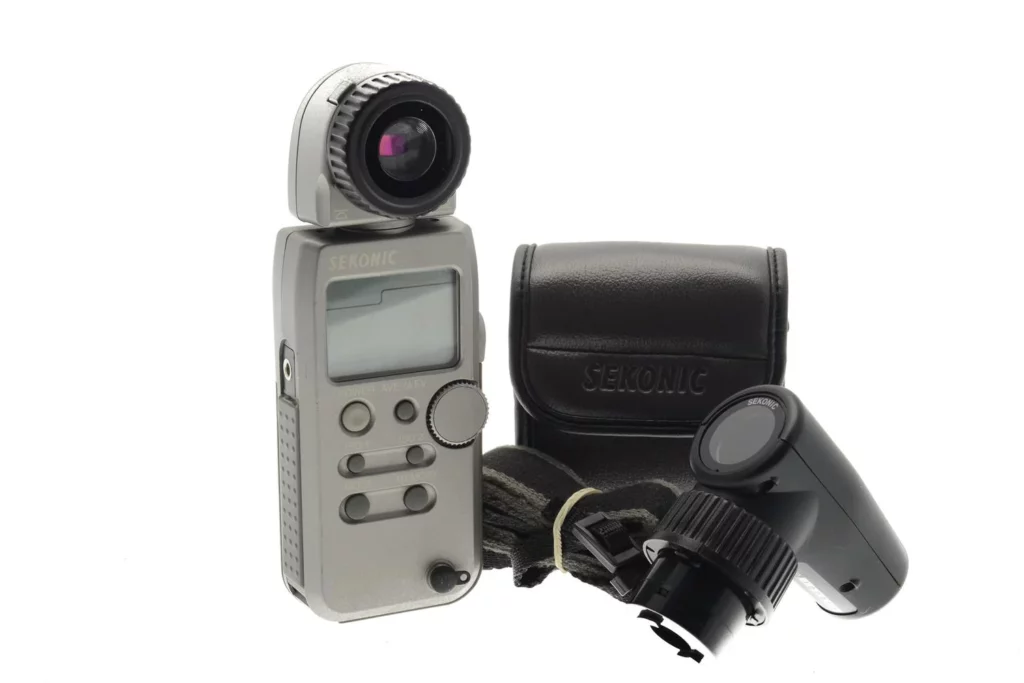
If I had to choose again, I would definitely go for a light meter that has both incident and spot metering. If I had to buy a new one today, it would be the Sekonic L-858D, but I wouldn’t mind getting a used L-758 if the price is attractive.
These are much better tools for an aspiring cinematographer but much more expensive as well.
Informations
Sekonic L-358 Flash Master
Official Website: https://global.sekonic.com
Sekonic L-858D: https://global.sekonic.com/sekonic-l-858d-speedmaster-light-meter/
Our Video Production: https://www.neonnight.fr/en/


GIPHY App Key not set. Please check settings